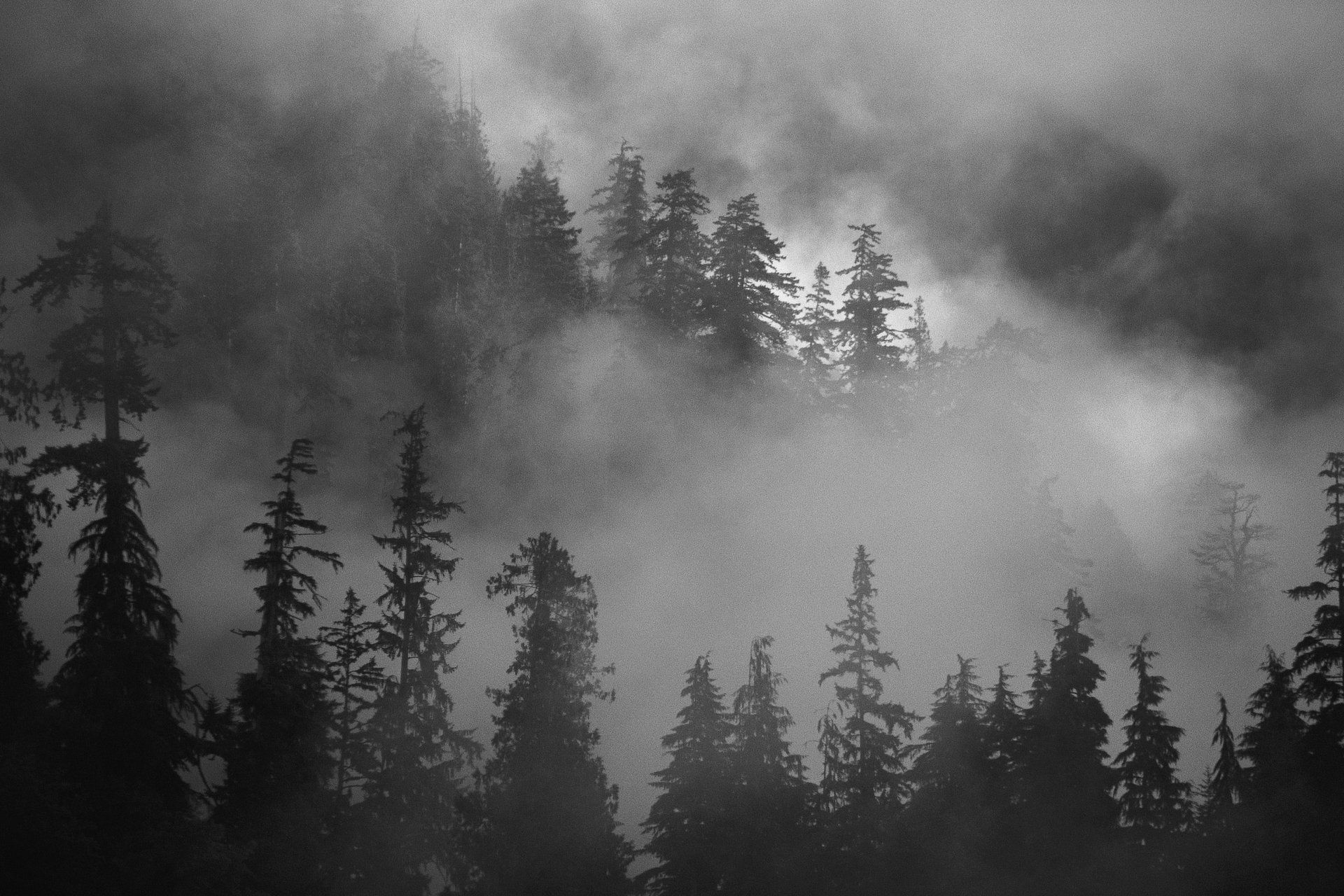
The Magic Thatch
Straw can be Wilful

Sarah had bought a thatched cottage, and the rain began to seep through the roof. In high winds, she thought the thatch might take off, like a enormous tea-cosy, and so she saved and borrowed enough to have it repaired by Heritage Thatching.
One fine day, the thatchers came and set to work. They were muscular young chaps (Stuart, Darren, Charlie and Connor), and as the weather was unseasonably fine, the sweat rolled from their bodies onto the thatch. It was like a sort of benison. They wore steel knee-caps to protect their limbs, and stout boots, and Sarah learned the names of the tools they used: leggetts, biddles, podgers. How charming it was! Archaic and practical, aesthetically pleasing and strong. Each of the tools made a different sound, and she was awoken every morning by the dull thud of the leggett as it pounded the straw into a smooth surface. She could listen to it for hours.
This went on for some weeks, in a sort of dreamy haze. Then something odd began to happen. The thatchers’ faces, as they climbed up each morning, wore anxious expressions. Sarah asked Rob the owner what was amiss: “someone is meddling with the thatch every night. Every morning, there is something new.” And indeed there was. Protuberances began to appear. Along the south flank of the roof, a straw rabbit emerged from nowhere. Another day, the north-facing roof sported a squirrel. Every morning the thatchers went up with sharp knives and restored the slope to its former state, and every night some new mischief was wrought.
Things got worse, or perhaps the spirits plaguing them took a more inventive turn. Straw versions of body parts began to appear. Breasts, a pair of little hands, a woman’s face. You could tell that the thatchers did not like cutting these off, but they did so every morning, secretly hoping that the thatch might not scream or bleed. But the final event (the last straw, one might say) took place on the ridge. Now, it was traditional that the finishing touch to a thatch was to put a straw bird on the top ridge, and Sarah had been hoping for an owl. But one day, towards the end of the job, Rob climbed up to the top and came down looking aghast. He pointed upwards. There, on the topmost ridge, was a large erect penis. It was made of straw, obviously, but its proportions were generous and detailed.
Of course, the penis must come off, and he had to virtually force Charlie to climb up there with the shears. But overnight, it grew again, more ebullient than before. This happened four times, so that each of the young men was forced into an act which made them very uncomfortable. With each shearing, the penis grew slightly larger, and as Rob said, they would just have to leave it alone, or it would continue to grow until it became a matter for the Vice Squad.
In the event, it all turned out quite well. The tumescent thatch became an object of local and then national veneration, and women wishing for pregnancy would walk round it three times, rather like hopefuls with the Cerne Abbas Giant. But women wishing to avoid pregnancy would parade round it too, waving scissors (in an ironic manner of course). Men desiring a happier love life would shuffle round pretending that none of this had anything to do with them. And the thatch soon became a ritual site for announcing engagements.
Sarah did a roaring trade selling cream teas with appropriately-shaped scones, and she placed a money-box by the gate for those who wished to make extra donations. It filled up quite quickly. Heritage Thatching enhanced its reputation, but not, perhaps, in the way it would have wished. But business is business, after all.
